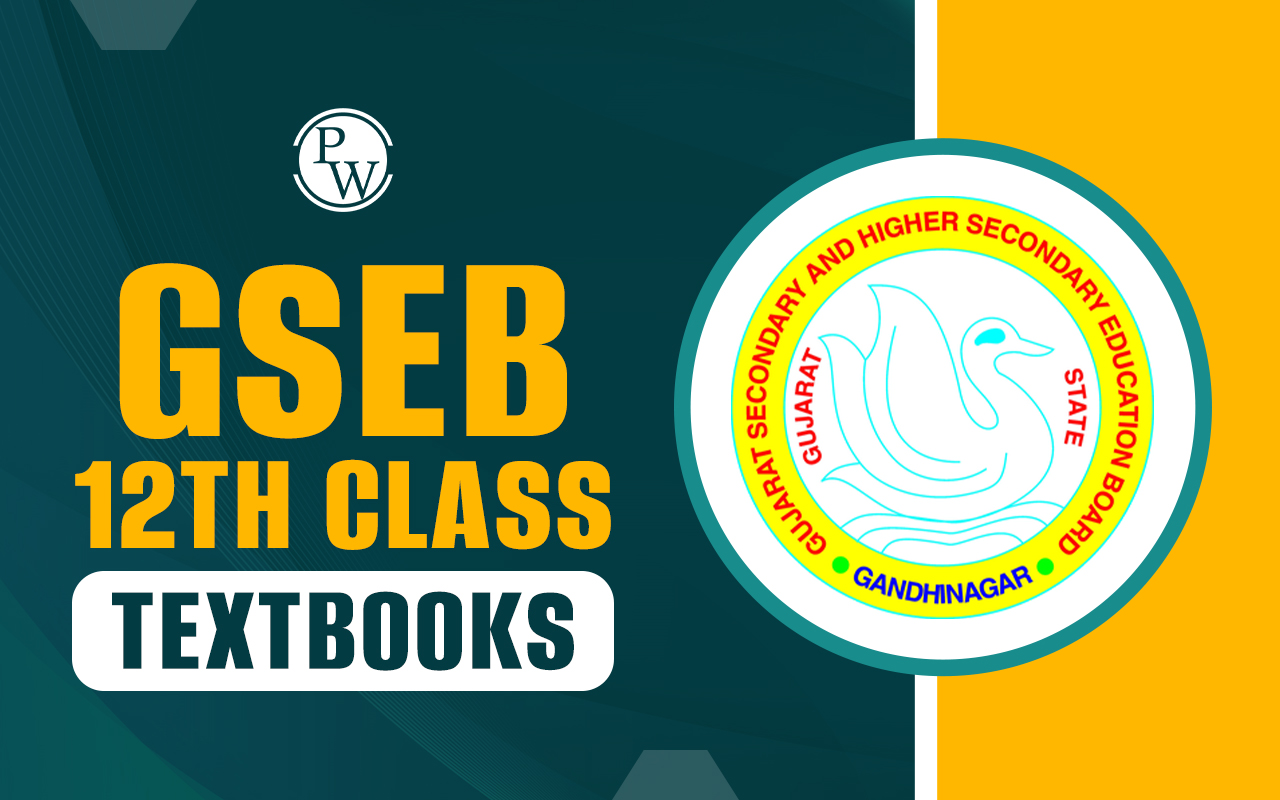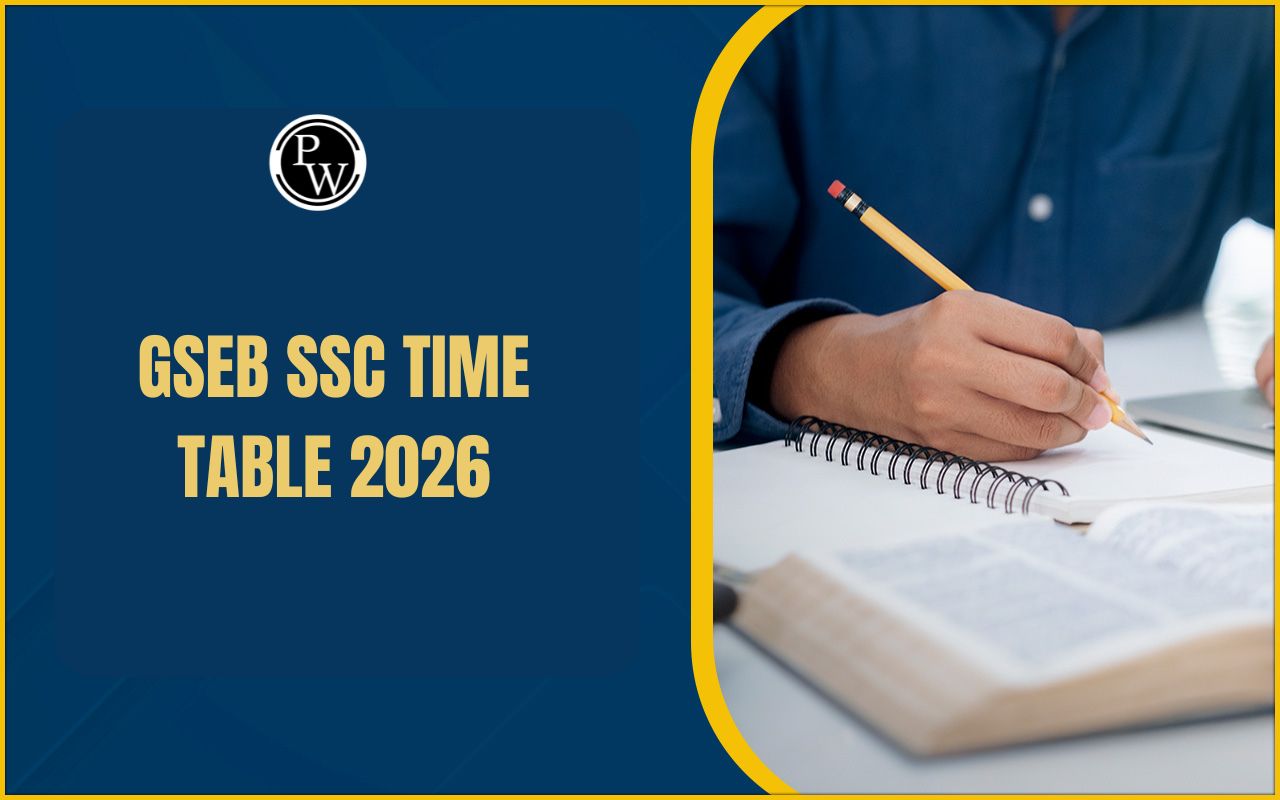
Gujarati Physics Notes for Class 11: Gujarati Physics Notes for Class 11 provide a clear and concise understanding of all important concepts as per the latest GSEB syllabus.
These notes are designed to match the current exam pattern, making them ideal for effective preparation. Each chapter is explained in simple Gujarati to help students grasp complex topics easily. The notes include important formulas, definitions, and concept summaries.
They are also aligned with frequently asked questions from previous year papers, enabling students to focus on high-weightage topics. These notes are perfect for last-minute revision, daily study, and boosting overall performance in board and school-level exams.
Also Read: Top Government Colleges Accepting GUJCET Score 2025
Gujarati Physics Notes for Class 11
Check the table below for Gujarati Physics Notes for Class 11, which includes chapter-wise PDFs covering all key topics from the latest GSEB syllabus. These notes are designed as per the current exam pattern and are useful for revision, homework, and exam preparation. Click on the links in the table to download each chapter in PDF format.
|
Gujarati Physics Notes for Class 11 |
|
|
Chapter Name |
Download PDF Link |
|
Basic Maths |
|
|
Center of Mass and Rotational Motion |
|
|
Gravitation |
|
|
Law of Motion |
|
|
Mechanical Properties of Solids |
|
|
Mechanical Properties of Fluid |
|
|
Motion in a Plane |
|
|
Motion in a Straight Line |
|
|
Oscillation |
|
|
Thermal Properties of Matter |
|
|
Thermodynamics and Kinetic Theory |
|
|
Units and Measurement |
|
|
Vector |
|
|
Waves |
|
|
Work, Energy and Power |
|
Detailed Overview of Gujarati Physics Notes for Class 11
Here is a detailed overview of each chapter from the Gujarati Physics Notes for Class 11, based on the table above:
1. Basic Maths
Covers essential mathematical tools needed in Physics, such as algebra, trigonometry, and logarithms. Acts as a foundation for understanding numerical problem-solving throughout the course.
2. Center of Mass and Rotational Motion
Explains the concepts of torque, angular momentum, and moment of inertia. Useful for understanding the behavior of rotating bodies in real-world scenarios.
3. Gravitation
Discusses Newton’s Law of Gravitation, acceleration due to gravity, and satellite motion. Includes applications like escape velocity and orbital mechanics.
4. Law of Motion
Details Newton's three laws of motion with real-life examples. Emphasizes concepts like inertia, friction, and dynamics of motion.
5. Mechanical Properties of Solids
Covers elasticity, stress-strain relationships, and Young’s modulus. Helpful in understanding how materials behave under force.
6. Mechanical Properties of Fluid
Explains pressure, buoyancy, viscosity, and Bernoulli’s principle. Applications include fluid flow in pipes and blood circulation.
7. Motion in a Plane
Deals with vector representation, projectile motion, and relative velocity. Strengthens the ability to visualize 2D motion problems.
8. Motion in a Straight Line
Introduces kinematics in one dimension, including displacement, velocity, and acceleration. Builds the foundation for more advanced motion analysis.
9. Oscillation
Focuses on simple harmonic motion (SHM), pendulums, and damping. Vital for understanding wave behavior and time-dependent phenomena.
10. Thermal Properties of Matter
Covers heat transfer, specific heat, and thermal expansion. Essential for understanding temperature-based physical changes in materials.
11. Thermodynamics and Kinetic Theory
Explores the laws of thermodynamics, internal energy, and gas laws. Connects macroscopic observations with molecular behavior.
12. Units and Measurement
Teaches measurement systems, significant figures, and error analysis. Builds accuracy and consistency in scientific calculations.
13. Vector
Introduces scalar and vector quantities, vector addition, and resolution. Essential for solving physics problems involving direction and magnitude.
14. Waves
Covers wave types, properties, and phenomena like reflection and interference. Important for understanding sound and light behavior.
15. Work, Energy and Power
Explains concepts of work done, kinetic and potential energy, and the principle of conservation of energy. Frequently used in mechanics problems.
Check: GUJCET Toppers List 2025
Benefits of Using Gujarati Physics Notes for Class 11
Here are the benefits of using Gujarati Physics Notes for Class 11:
- Language Advantage
Written in simple Gujarati, making it easier for students to understand complex Physics concepts without language barriers. - Aligned with GSEB Syllabus
Strictly follows the latest Gujarat Board syllabus, ensuring complete syllabus coverage with zero irrelevant content. - Based on the Exam Pattern
Structured as per the current exam pattern, helping students prepare effectively for both school and board exams. - Covers Previous Year Questions
Includes important questions based on previous year papers, highlighting commonly asked and high-weightage topics. - Chapter-Wise PDFs
Each chapter is available as a separate PDF, allowing focused study and organized revision. - Formula & Concept Highlighting
Important formulas, definitions, and key concepts are marked for quick reference and better retention. - Ideal for Last-Minute Revision
Concise notes make them perfect for quick revision before exams without going through entire textbooks.
| Links Related to GUJCET 2025 | |
| GUJCET 2025 | GUJCET Syllabus |
| GUJCET Apply Online | GUJCET Eligibility Criteria |
| GUJCET Previous Year Question Papers | |
Gujarati Physics Notes for Class 11 FAQs
Are these notes based on the latest GSEB syllabus?
Are the notes available in the Gujarati language?
Can I download chapter-wise notes separately?
Do the notes include previous year board questions?







